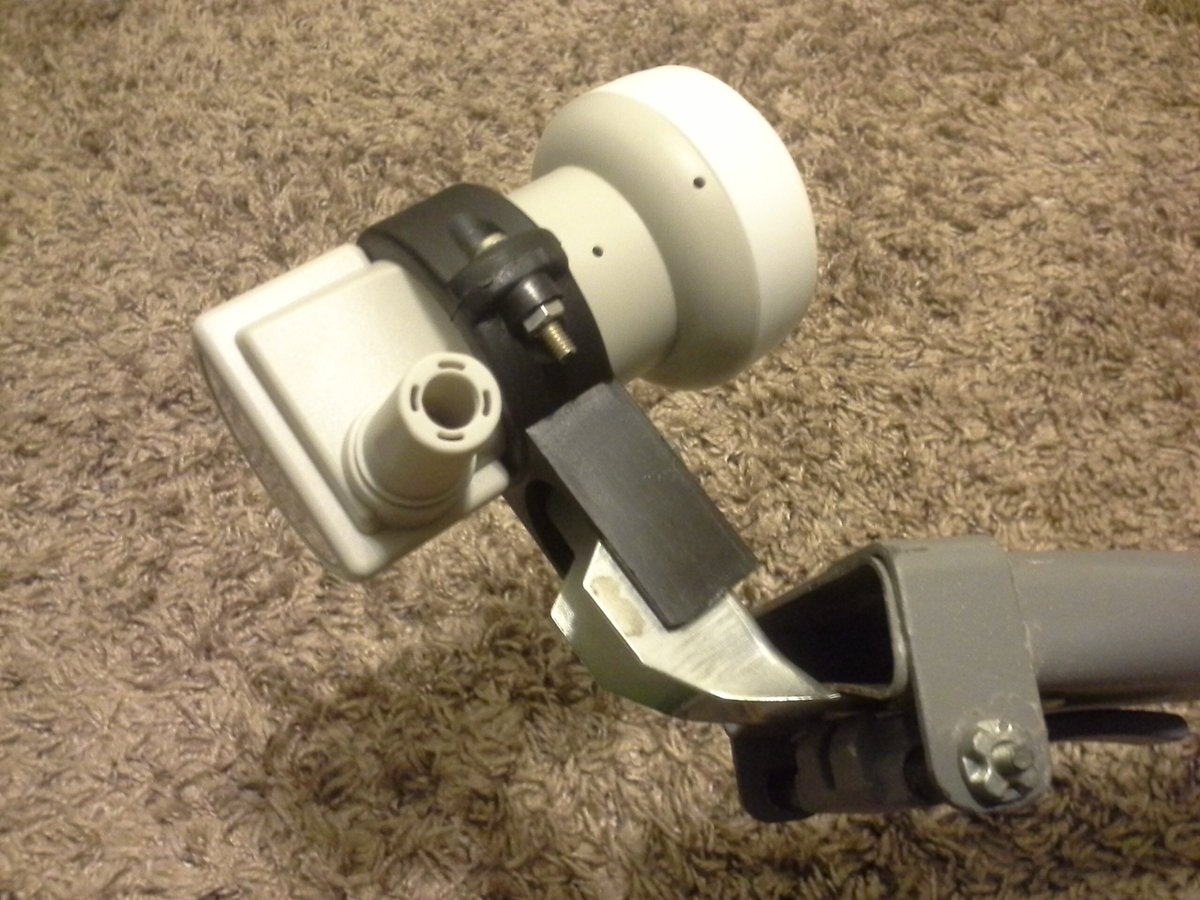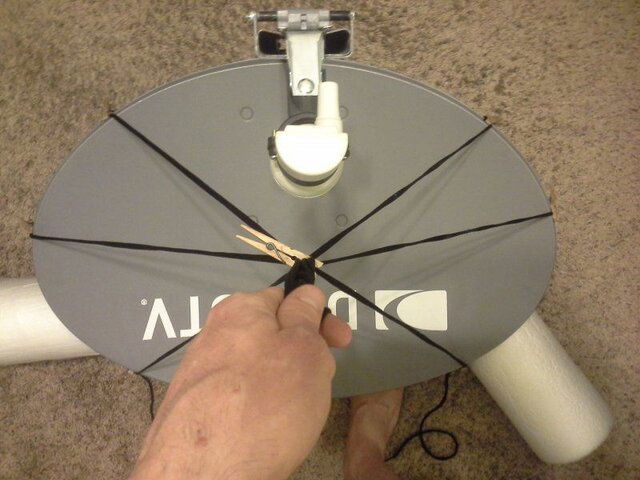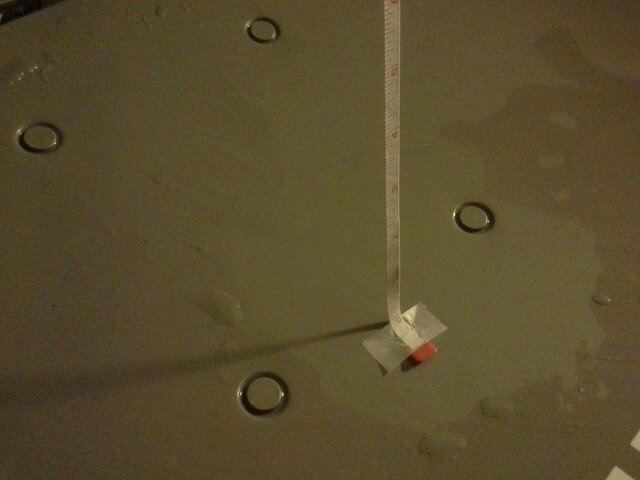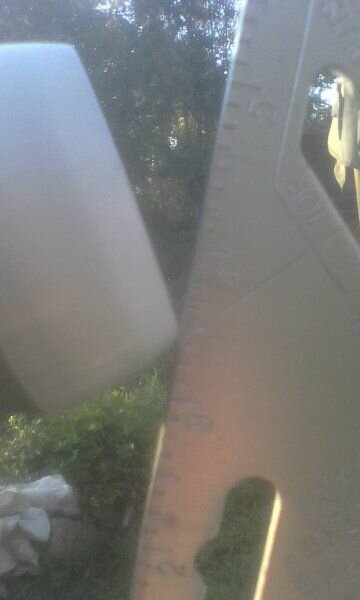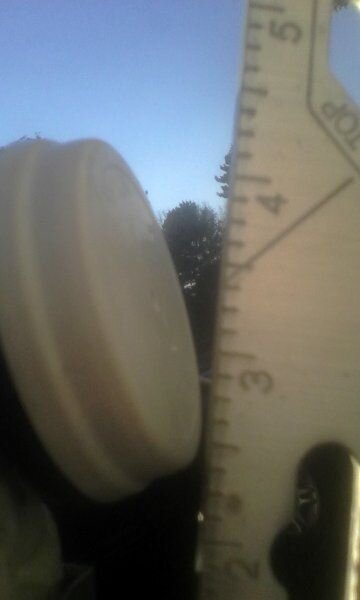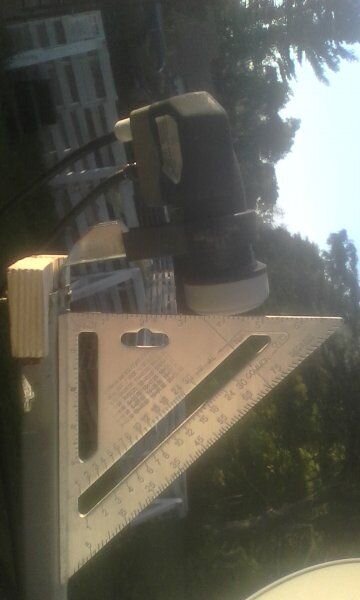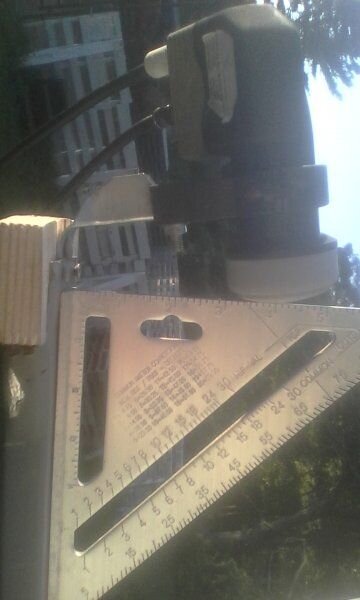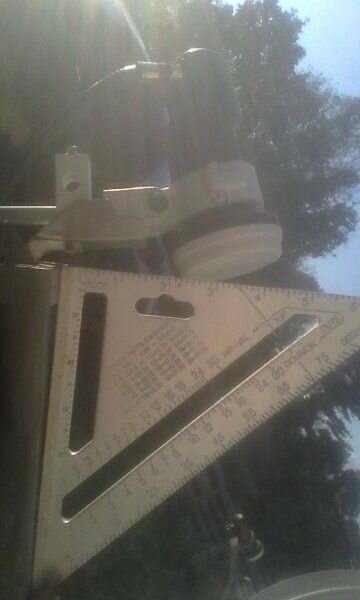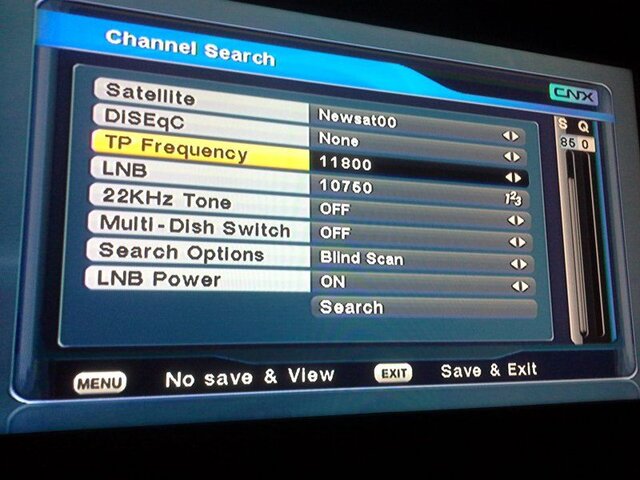
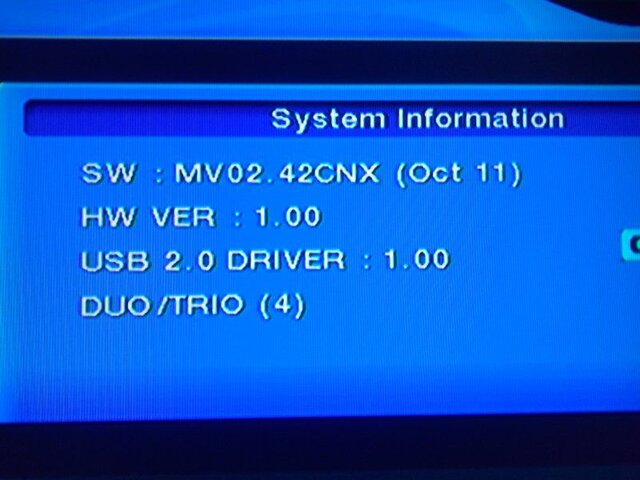
Is there absolutely anything FTA I can receive on the Duo pointing out my fiberglass screened (RF transparent?) south-facing open window, or...?
For days I've been working on cleaning the bird poop, cobwebs, leaves out of the (free) dish, and trying to figure out how to set the remoteless Duo with Peel Remote on my tablet (which limits the amount of custom buttons I can set - I have 0 through 9 & the select button, using the dropdown+test to send other Duo-specific IR codes), and using the Duo's front panel for Menu, OK, up down left right). I just found the manual today despite it being paywalled or fake posted everywhere but here, but it isn't much help, still.
All I see on the ~11760-12900 blind scan (2 mhz step, all polarizations, all symbol rates) is the S going from 80-95% & the Q consistently showing 0. Would the signal go to 100% & the Q go anywhere but 0 if I took the screen off & let the bugs in, or is the Duo incapable of scanning for anything modern near where the dish is pointed? Someone had suggested laying the dish on its back pointed skyward, and getting signal, but so much of the FTA discussions are years old.


